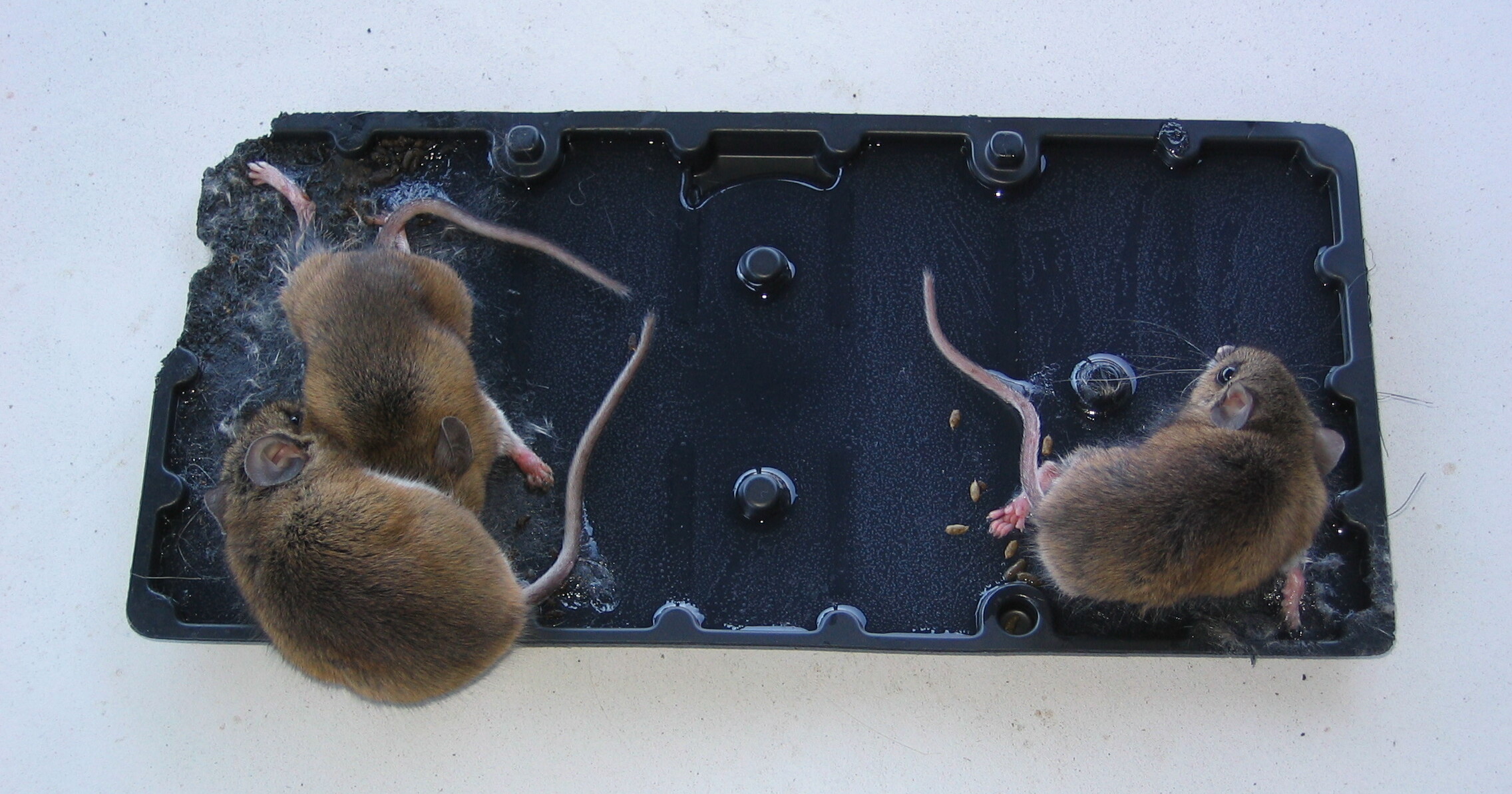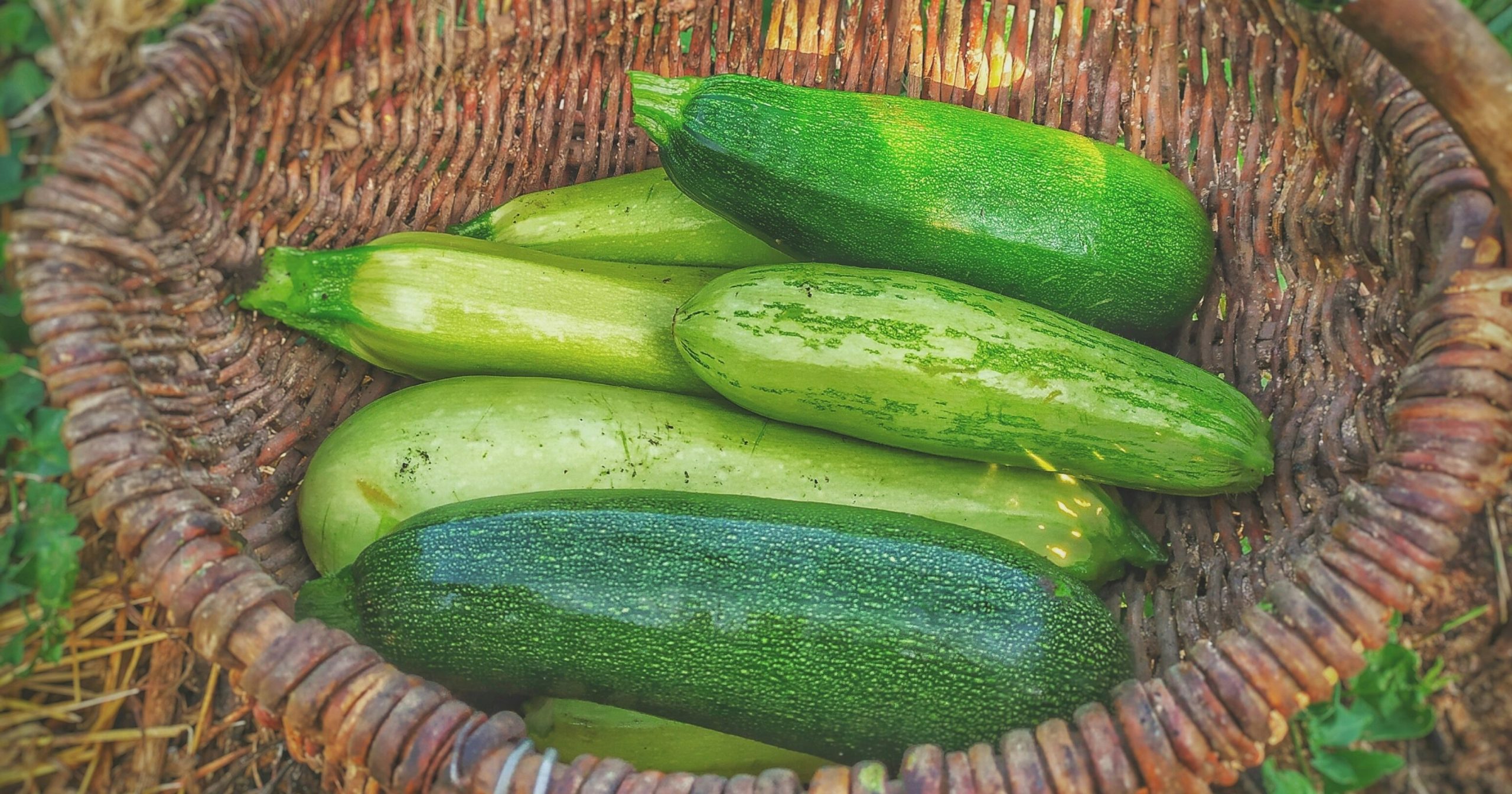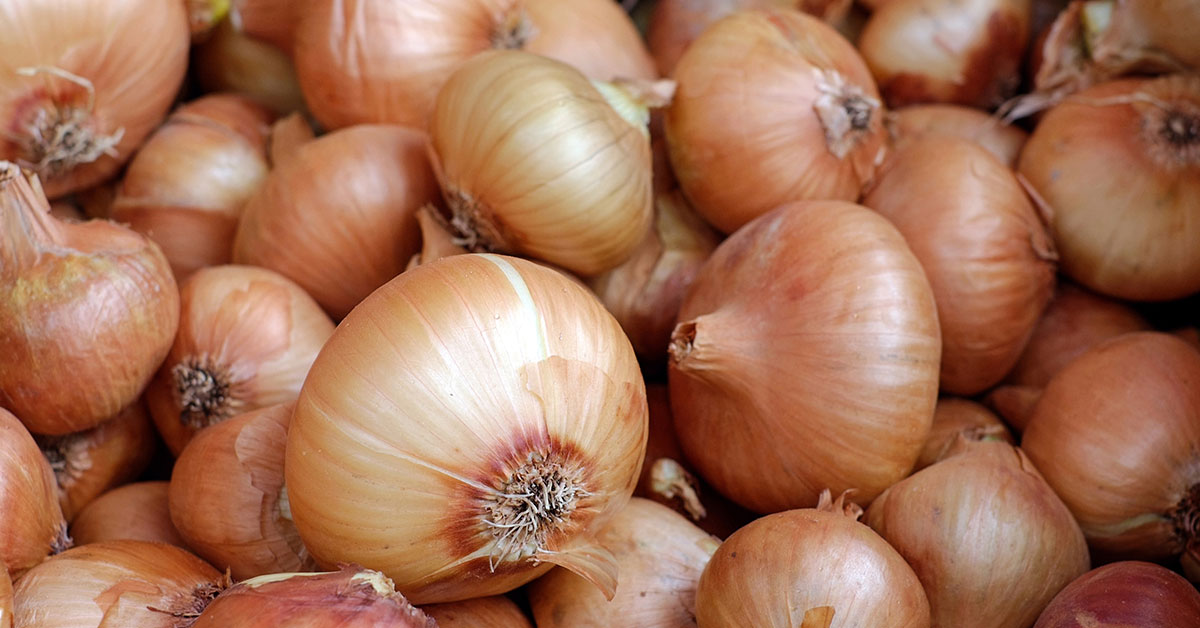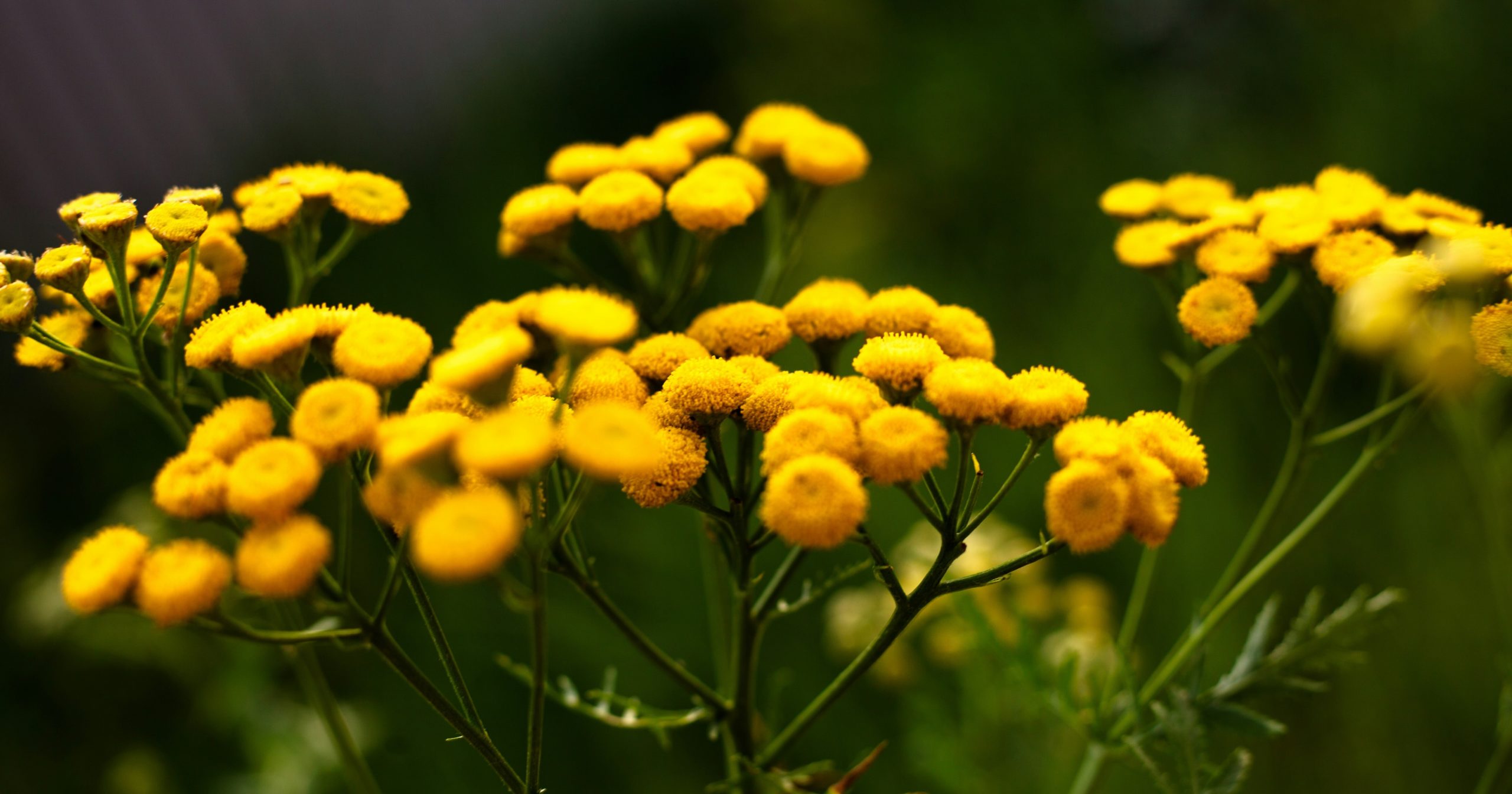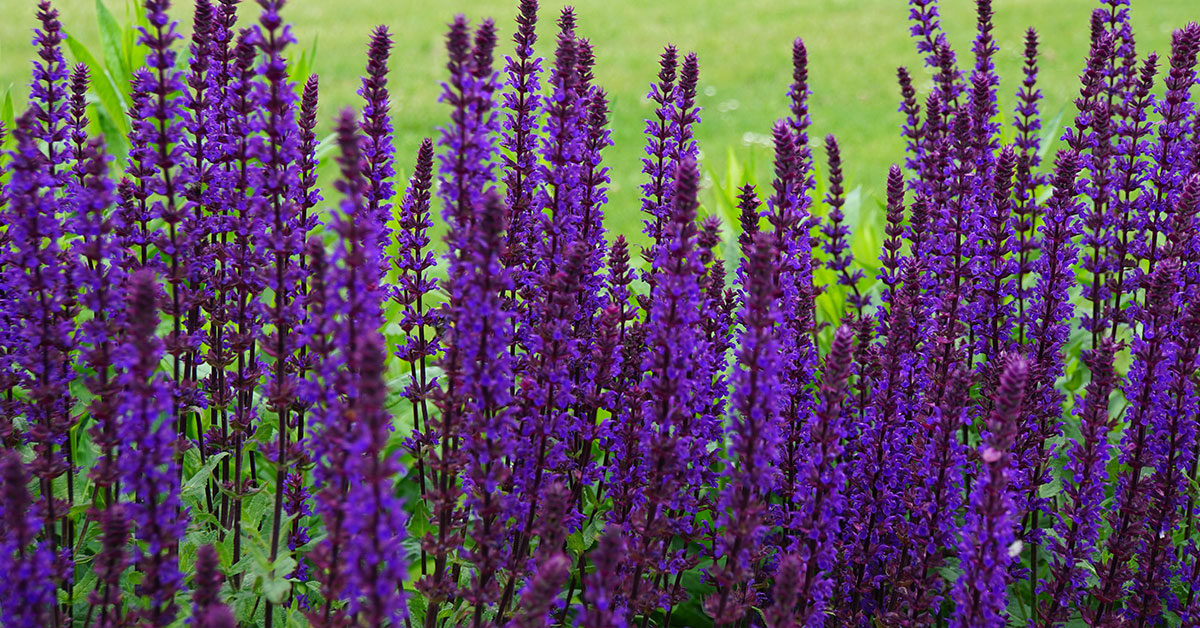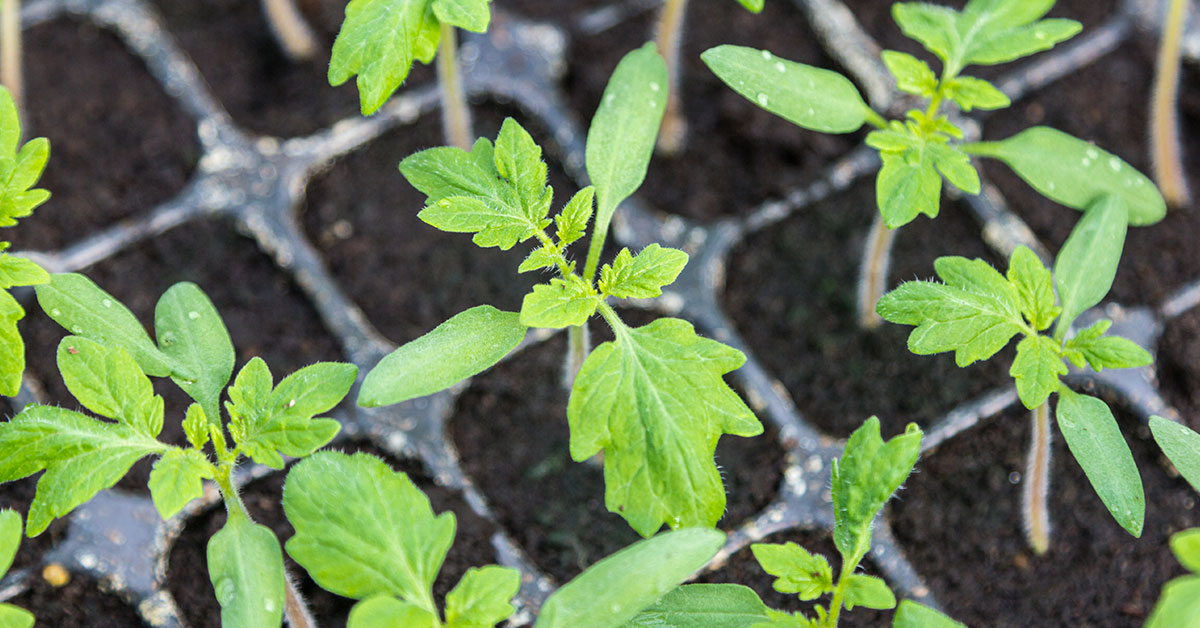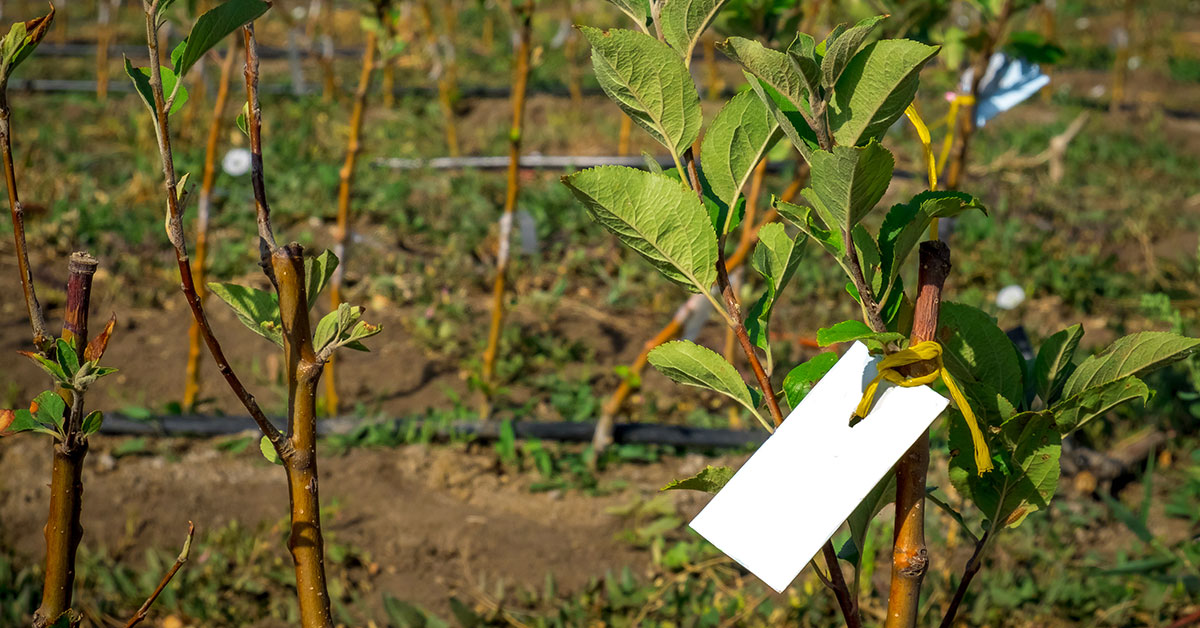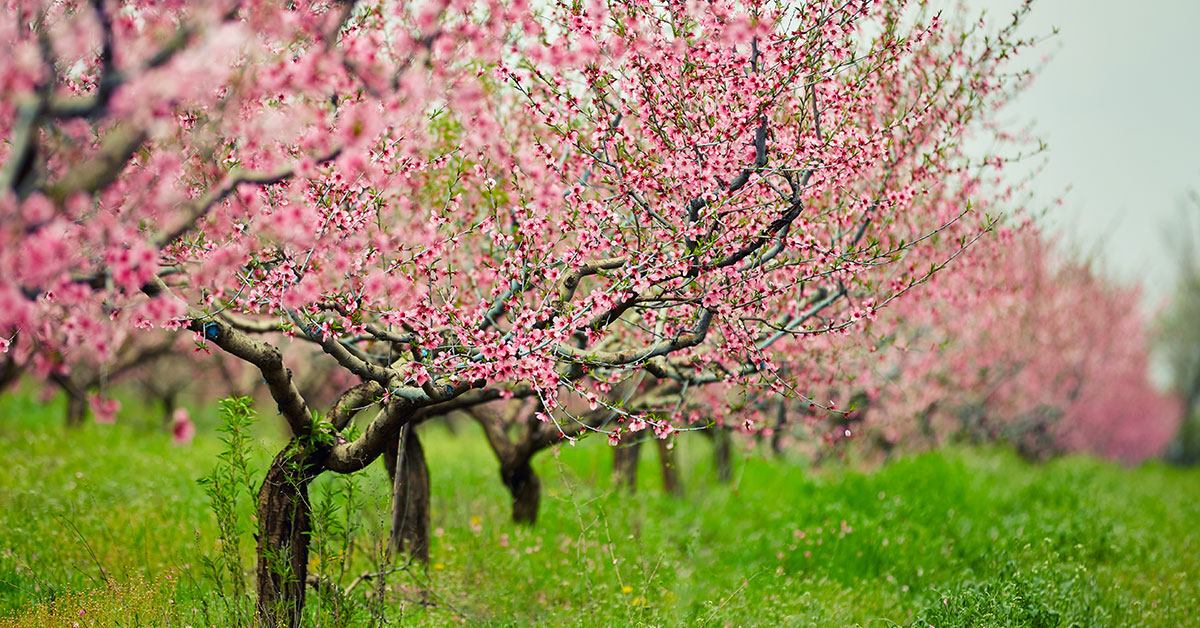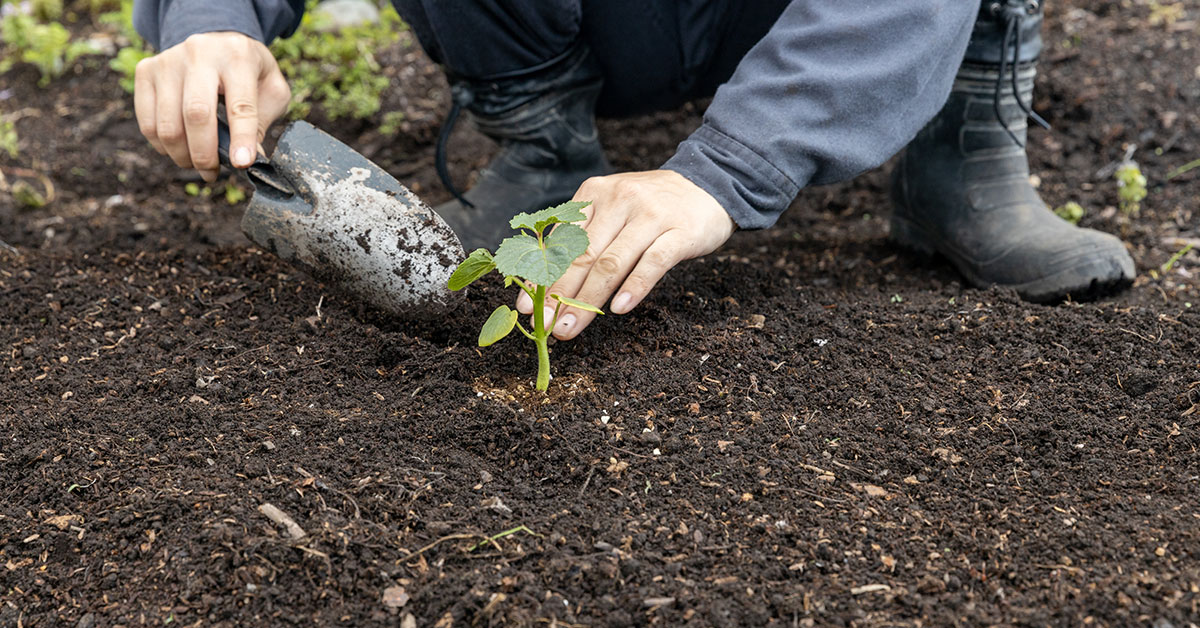As gardeners and nature enthusiasts, we often seek humane ways to manage pests in our homes and gardens. Unfortunately, glue traps are one of the most inhumane methods available. These sticky boards might seem like a quick fix for rodent or insect problems, but they inflict immense suffering on the animals they ensnare. Understanding the cruelty and broader ecological impacts of glue traps can help you make more compassionate choices for pest control.
In this article, I’m eager to share the numerous reasons why glue traps should never be used. From the prolonged suffering they cause to their indiscriminate nature, glue traps are not just inhumane but also environmentally harmful. Let’s delve into the harsh realities of glue traps and explore better alternatives!
Prolonged Suffering and Slow Death
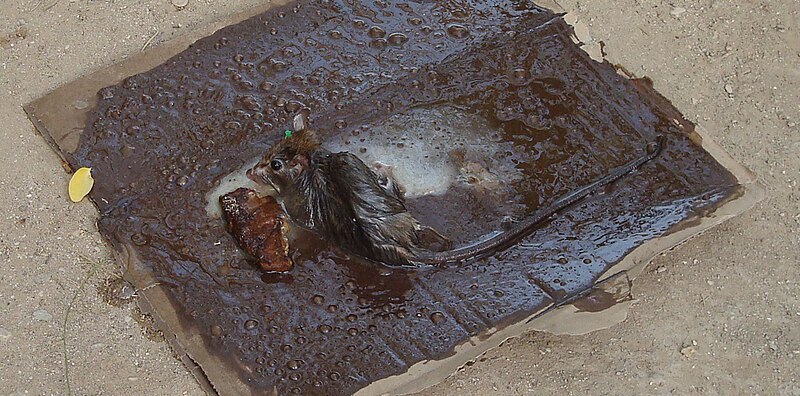
When an animal gets stuck in a glue trap, it experiences extreme distress and panic. The powerful adhesive immobilizes the animal, preventing it from escaping. In its desperate attempts to free itself, the animal often ends up injuring itself further. Limbs, fur, and feathers can become torn or broken as the creature struggles.
This prolonged suffering can last for hours or even days. Stuck in the trap, the animal eventually succumbs to exhaustion, dehydration, starvation, or shock. This slow, painful death is both cruel and unnecessary. As someone who loves the natural world, it’s heartbreaking to think about the immense suffering these traps cause!
Inhumane and Indiscriminate
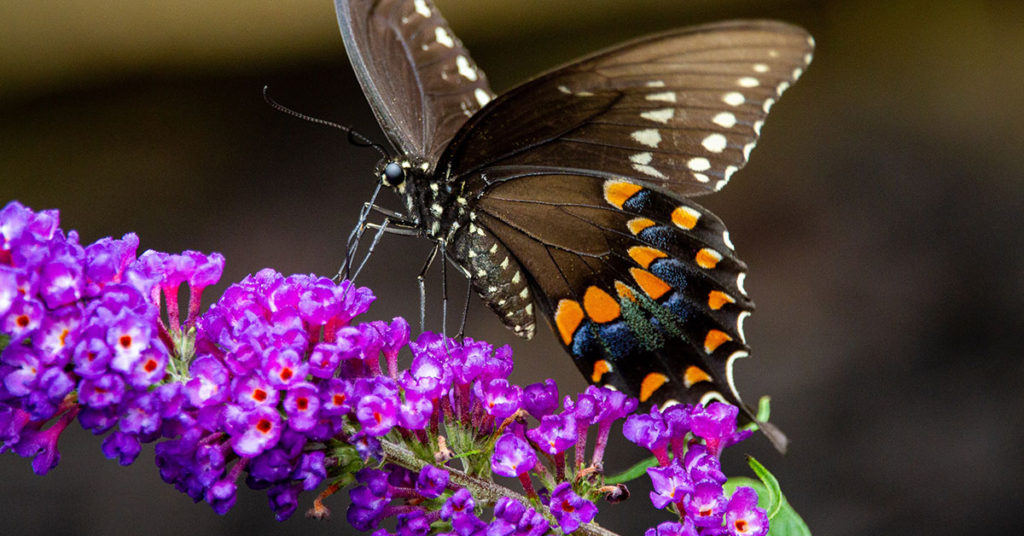
Glue traps don’t discriminate between pests and non-target animals. They can ensnare birds, reptiles, amphibians, and even small mammals like squirrels and chipmunks. Pets can also fall victim to these traps, leading to distressing and potentially expensive situations for pet owners.
Using glue traps outside exacerbates this issue, as they can trap a variety of unintended wildlife. One of my favorite aspects of gardening is creating a space that supports all forms of life, and glue traps go against this ethos by causing harm to countless non-target animals.
Risk of Self-Mutilation
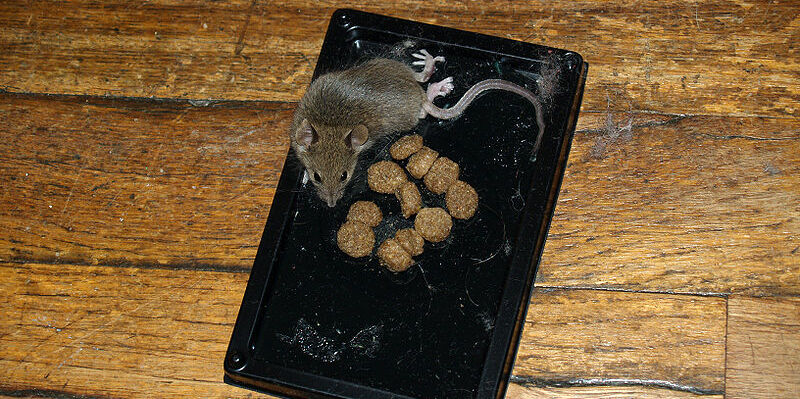
Animals caught in glue traps often resort to desperate measures to escape. This can include gnawing off their own limbs or fur. Such self-mutilation is a clear sign of the severe distress these animals experience and highlights the brutality of glue traps.
The physical trauma inflicted by self-mutilation adds another layer of suffering. The animal might still die from blood loss, infection, or the initial stress of being trapped. This is a tragic and avoidable consequence of using glue traps. There are more humane and effective ways to manage pests that don’t cause such distress.
Environmental Impact
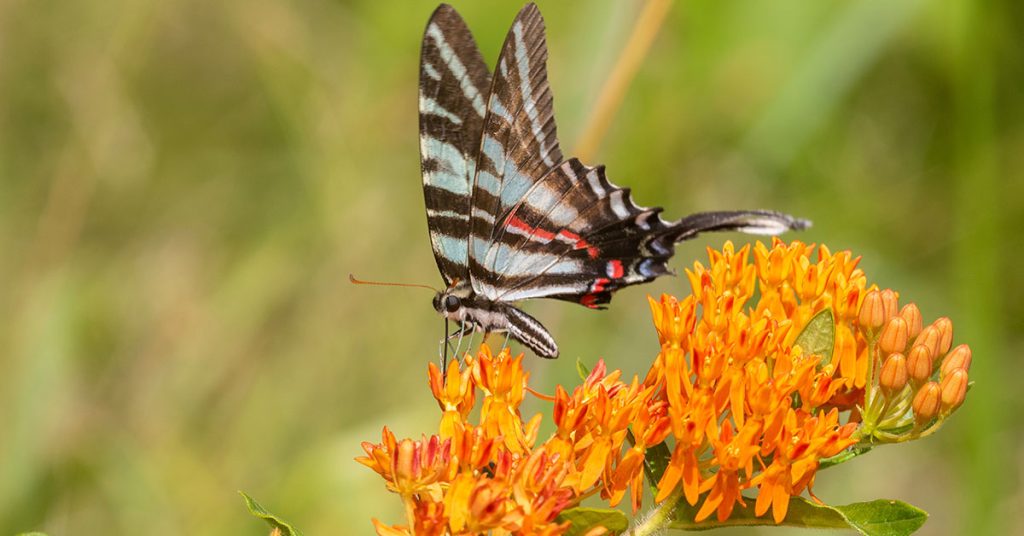
Glue traps contribute to environmental degradation. They are typically made from plastic and adhesive chemicals, which can take years to break down. Discarded traps can become environmental hazards, posing risks to wildlife and pets long after their intended use.
Proper disposal of used glue traps is another challenge. Animals stuck to the trap must be euthanized humanely if found alive, but this requires a level of knowledge and emotional fortitude that many people might not have. Discarding traps with live or dead animals in them is both unethical and environmentally irresponsible.
Ineffective Long-Term Solution
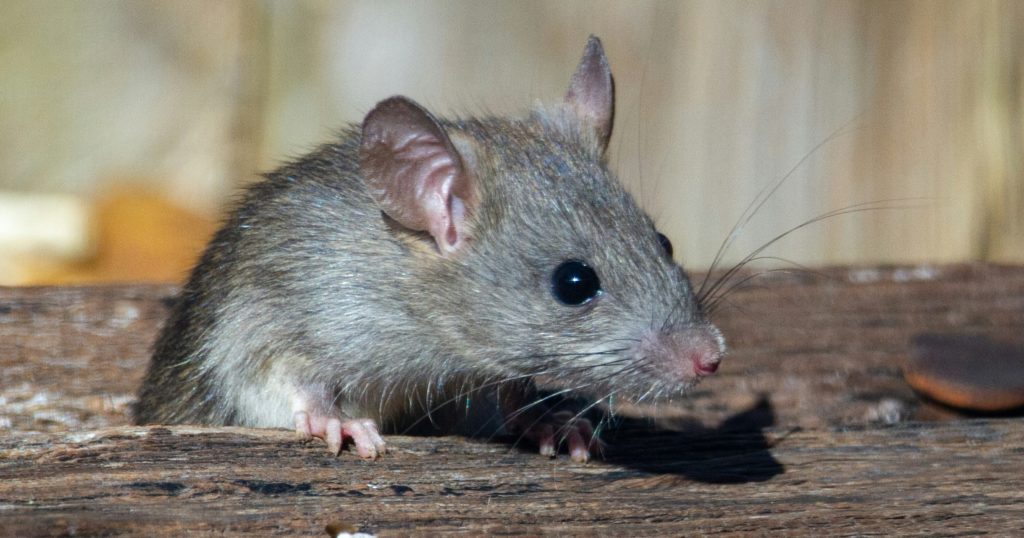
Glue traps are not an effective long-term solution for pest control. They might catch a few animals initially, but they don’t address the root cause of the infestation. Without eliminating food sources, shelter, and entry points, new pests will continue to replace those caught in the traps.
Integrated pest management (IPM) strategies are far more effective and humane. These include sealing entry points, maintaining cleanliness, using repellents, and employing live traps that allow for the release of captured animals. These methods focus on preventing infestations rather than just reacting to them.
Emotional Toll on Humans

Finding an animal suffering in a glue trap can be distressing for the person who set the trap. Witnessing an animal in pain and struggling can lead to feelings of guilt and remorse. This emotional toll is an often-overlooked consequence of using inhumane pest control methods.
By choosing more humane methods, you can avoid the emotional distress associated with glue traps. Humane traps, exclusion techniques, and natural repellents provide effective pest control solutions without causing unnecessary suffering. As a gardener, it’s important to foster a compassionate relationship with all creatures, big and small.
Risk of Disease Transmission
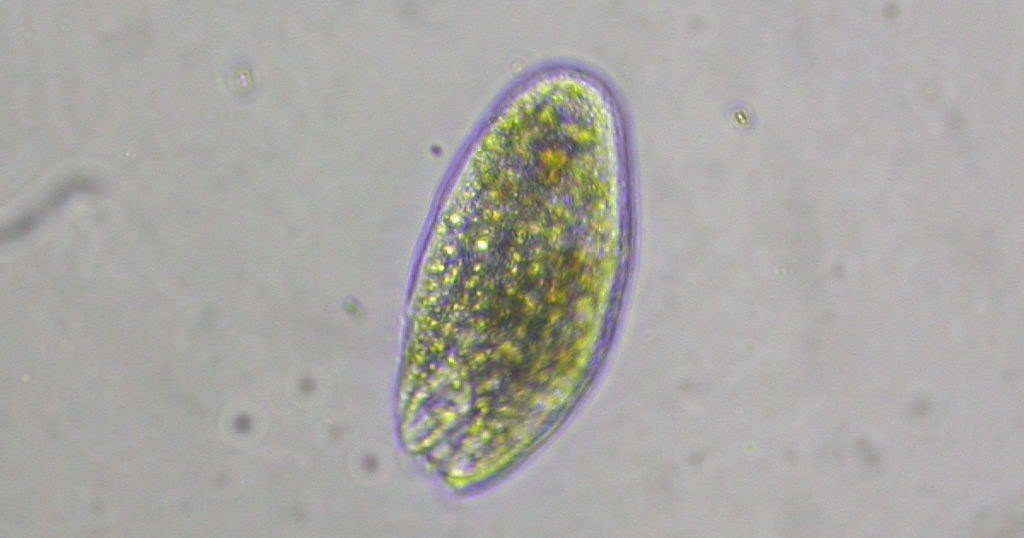
Animals caught in glue traps can carry diseases and parasites that pose risks to humans and pets. Handling these traps without proper precautions can lead to the transmission of zoonotic diseases. Additionally, the decomposing bodies of animals caught in forgotten traps can create unsanitary conditions.
Using humane traps or deterrents minimizes the risk of coming into contact with potentially harmful pathogens. Maintaining a safe and clean garden environment is crucial for your health and well-being, as well as that of your pets and wildlife visitors.
Alternative Humane Solutions
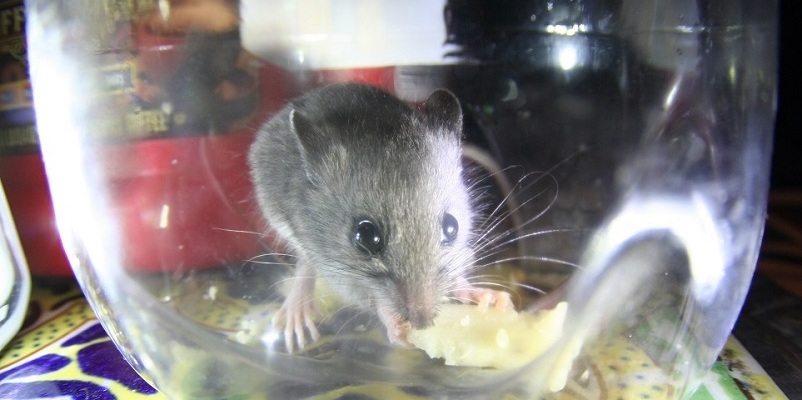
There are numerous humane alternatives to glue traps that are both effective and compassionate. Live traps, for example, allow you to capture and release unwanted animals safely. Natural deterrents, such as peppermint oil for rodents or diatomaceous earth for insects, can help keep pests at bay without causing harm.
Integrated pest management (IPM) combines multiple strategies to create a comprehensive, humane approach to pest control. By focusing on prevention, exclusion, and minimal intervention, you can maintain a healthy garden ecosystem while managing pest populations effectively.
Legal and Ethical Considerations

In some regions, the use of glue traps is restricted or even banned due to their inhumane nature. Understanding the legal and ethical implications of using such traps is important. Choosing humane pest control methods aligns with ethical gardening practices and supports broader efforts to protect animal welfare.
By avoiding glue traps and adopting more humane methods, you contribute to a more compassionate and responsible approach to pest management. This aligns with the values of many gardeners who strive to create harmonious, respectful environments for all living creatures.
Promoting Biodiversity
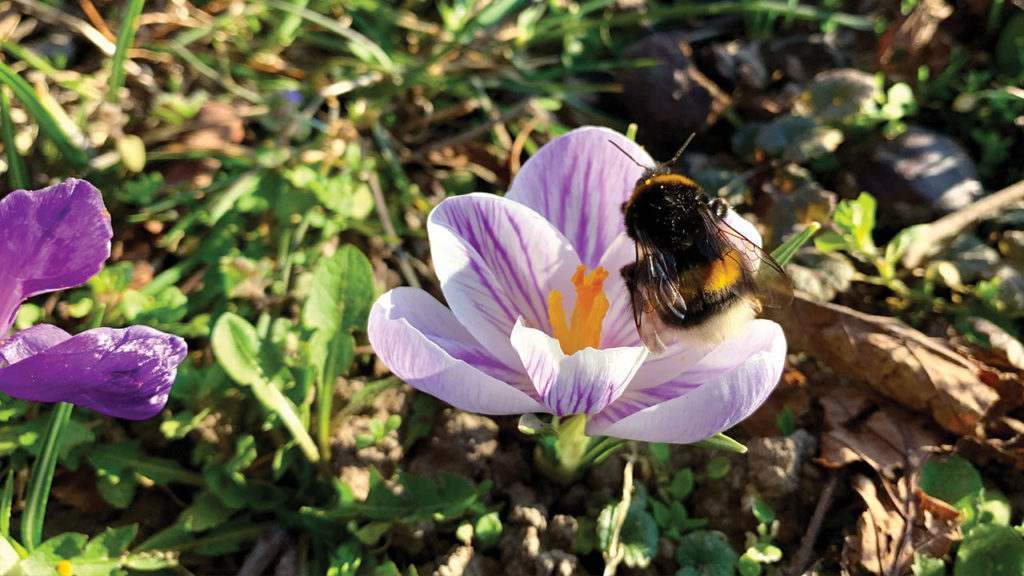
Using humane pest control methods promotes biodiversity in your garden. Glue traps can inadvertently kill beneficial insects and small animals that play important roles in your garden’s ecosystem. By avoiding these traps, you help maintain a balanced environment where predators and prey can coexist naturally.
Promoting biodiversity is one of my favorite aspects of gardening. It ensures a resilient and thriving garden that can withstand pest pressures without resorting to harmful practices. Embracing humane methods supports this goal and helps create a garden that is vibrant and full of life.
In conclusion, avoiding glue traps and choosing humane pest control methods is essential for creating a healthy, ethical garden environment. By understanding the negative impacts of glue traps, you can make informed decisions that protect both wildlife and your garden’s ecosystem.
